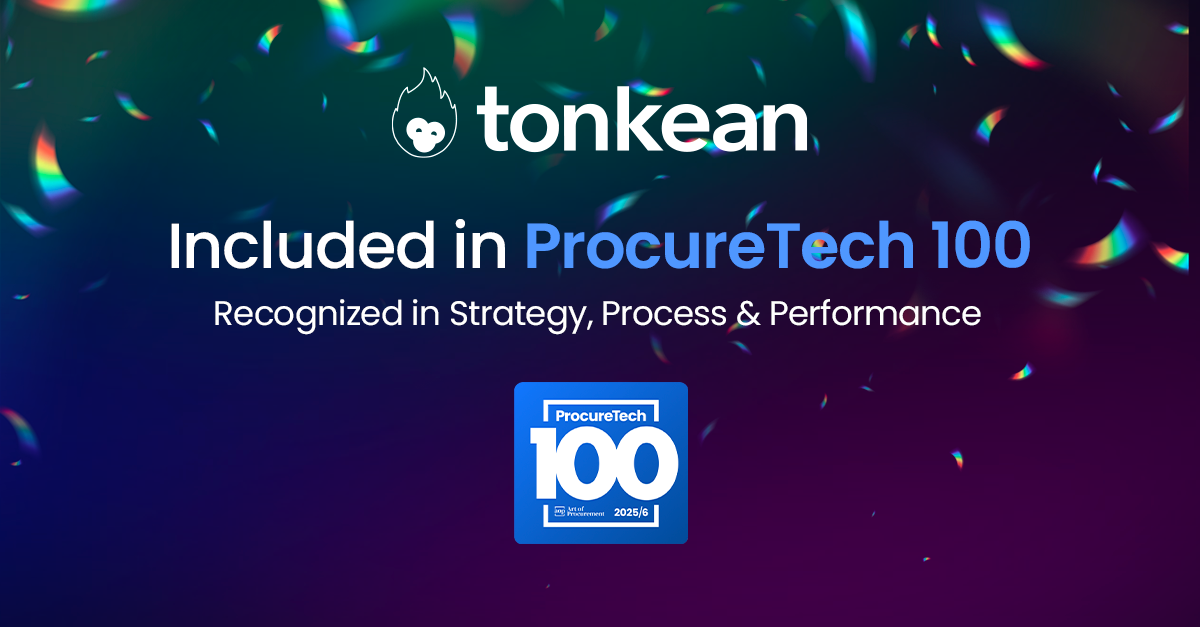
With so many HR apps, services, and platforms available today—and seeing as how most of those tools overlap somewhat in functionality—creating the perfect HR tech stack for your organization can feel like a daunting task… especially at the enterprise level.
But once you get past the initial paradox of choice, building an HR tech stack that works for your teams boils down to a few key steps.
Such considerations will point you in the right direction and enlighten you as to where your current tech stack is falling short.
There’s one more framework that’s crucial to apply when creating your ultimate future-proof HR tech stack, however. At Tonkean, we call it “HUMAN.”
HUMAN categorizes and delineates what are the most important ends HR tech should achieve. These ends revolve, as all HR initiatives should, around one larger goal, which is to help you better serve, support, and position for success the people your organization employs. In short, any HR tool you invest in must help you do one of the following:
When you approach this task of assembling the ultimate HR tech stack in the context of your organization using the HUMAN framework, you’ll see that the formerly vague difference between HR tools begins to crystallize. Over time, a suite of optimal technology options starts to materialize.
Below, we look at the HUMAN framework in detail with suggestions of top HR tools for each function.
People are the lifeblood of any organization—and they’re the lifeblood of HR. The HR tech stack must start, then, with tools that can be used to empower, augment, and attract great people.
What does it mean to unlock your employees’ potential? In some ways, that’s the entire purpose of HR Ops, and it’s something promised to some extent by every tool on this list.
Perhaps the second step to unlocking employee potential, however—after getting them on board your company—is ingratiating them into a culture and work environment that’s inspiring, enjoyable, and engaging. Or, in other words, to provide them a great employee experience.
Happy, engaged employees are your organization’s best asset.
Next comes the heart and soul of your HR tech stack, the core HR system. What you need here is an HRIS (human resources information system) or an HCM system (human capital management), depending on your organization.
These platforms can be used to help HR teams manage such logistical elements of HR as payroll and benefits administration.
Perhaps more importantly, they provide HR teams with one platform that sits at the heart of your HR function. They don’t serve as an end-to-end solution. But they provide a kind of infrastructure—sort of like the crust of a pizza, to be adorned with best-in-class solutions (or toppings) in accordance with your unique needs and tastes.
HR systems are highly variable. (This is what we mean when we say there tends to be a lot of overlap among HR tools.) HRIS systems, for example, can manage payroll, but they’re not always the best option. You may want a platform that caters specifically to pay and benefits. These tools are less encompassing than those listed above, but particularly if you have a large and complexly organized people operation inside your org, something like this might make sense for you.
The potential of no-code in HR is on the one hand fairly obvious: it allows HR teams—who do not traditionally know how to code—create their own workflow solutions without having to write any code or employ the expertise of IT professionals. Certain no-code platforms, however, also allow you to orchestrate the manner in which you use all your tools in conjunction with one another. That’s more crucial than it may seem. The average enterprise uses 110-240 apps. The average enterprise HR team uses 44 apps. They rarely integrate easily with each other. As a result, HR teams end up spending lots of time context-switching, manually bridging the data silos and communication gaps that these apps create, or undergoing change management in order to teach themselves how to use yet another tool. This is one reason adoption is so low. And it’s true even of seemingly basic processes, such as those related to the intake, triage, and coordination of internal requests.
No-code process orchestration platforms allow you to create workflows that eliminate the need for members of your team to engage in any of that. The time saved is immense, and the capacity it frees up can be hugely valuable. In this way, no-code can help HR teams extend beyond payroll and logistics to create real, unique business value that only they are equipped to create. Talk about future-proof.
So is there really one HR tech stack that works for everyone? The answer is a resounding no.
Every enterprise and HR team is unique in their needs. But from our conversations with HR leaders, these are the five most important elements to building an HR tech stack.
A good HR tech stack can have more than these but definitely not less. Do it right and you can minimize tech overload, automate your processes end-to-end and get a single unified view of the entire employee lifecycle.
Oh, and do you want to learn more about how HR pros can use automation to increase employee engagement and decrease burnout? Check out the recording of our HR Tech webinar, featuring Jennifer O’ Gara (HR Lead at Tonkean) and Paula Judge (VP Talent at Accel).

